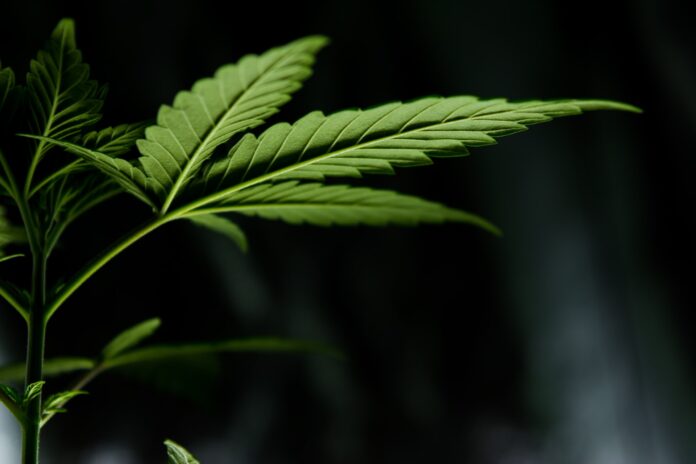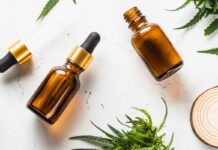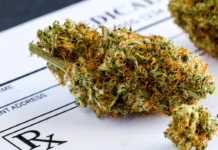All cannabis plants contain CBD and THC along with 540 other compounds. However, the main difference between marijuana and hemp plants is the amount of each compound. Marijuana contains more THC, and less CBD. Hemp contains more CBD and less THC.
When choosing the right CBD oil, people are concerned with the psychoactive compound THC. It is associated with the cannabis plant. If you use high-quality CBD oil to treat your condition like the one offered in the products of FoothillHempFarms, you will have no problems.
Here we will go thoroughly through one of the most frequently asked questions about CBD oil derived from hemp and the difference between hemp and marijuana.
Hemp Is Not Marijuana
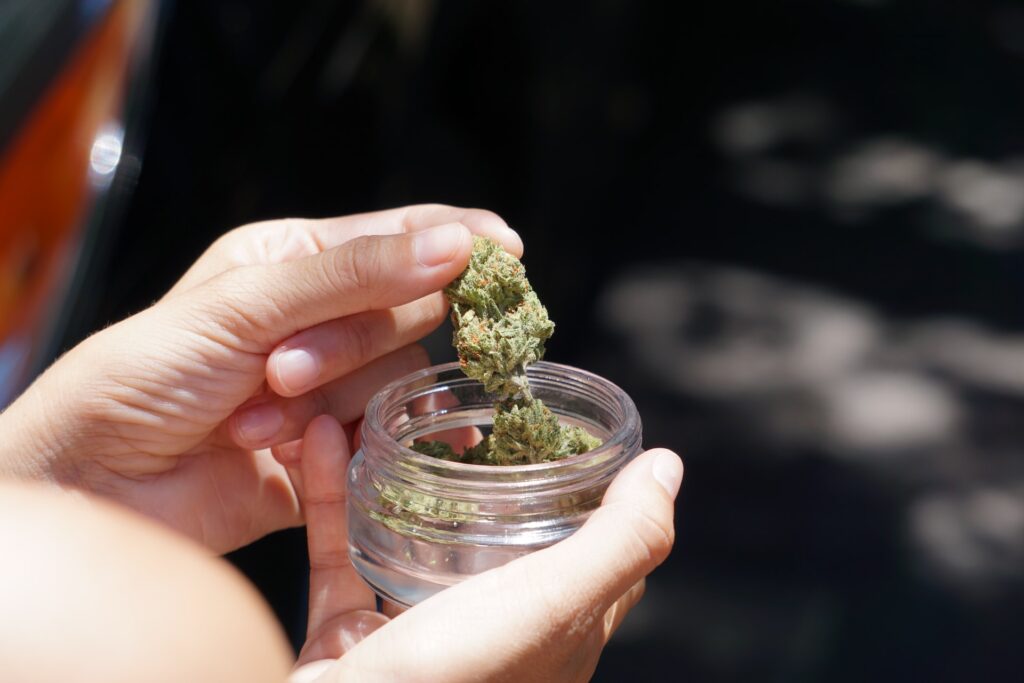
Over the past decade, researchers have increasingly shown interest in the medical benefits of cannabidiol (CBD) found in plants.
Marijuana and hemp are two different forms of the cannabis plant. Each of them has its advantages.
People use marijuana primarily for its medical and recreational purposes. Many people use it for its psychoactive (high effect) or non-psychoactive effects and benefits, which depend on the content of cannabinoids. Hemp, on the other hand, naturally contains a large amount of cannabidiol (CBD). It has a low amount of tetrahydrocannabinol (THC), the psychoactive compound.
Again, CBD is a non-psychoactive component of the cannabis plant but helps with many medical conditions. THC and CBD are the most studied components of cannabis. However, there are other chemical compounds found in the plant: cannabigerol (CBG), cannabichromene (CBC), cannabidivarin (CBDV), tetrahydrocannabivarin (THCV), terpenes, and others. There is little knowledge about these compounds still.
What Are Hemp, Marijuana, and Cannabis?
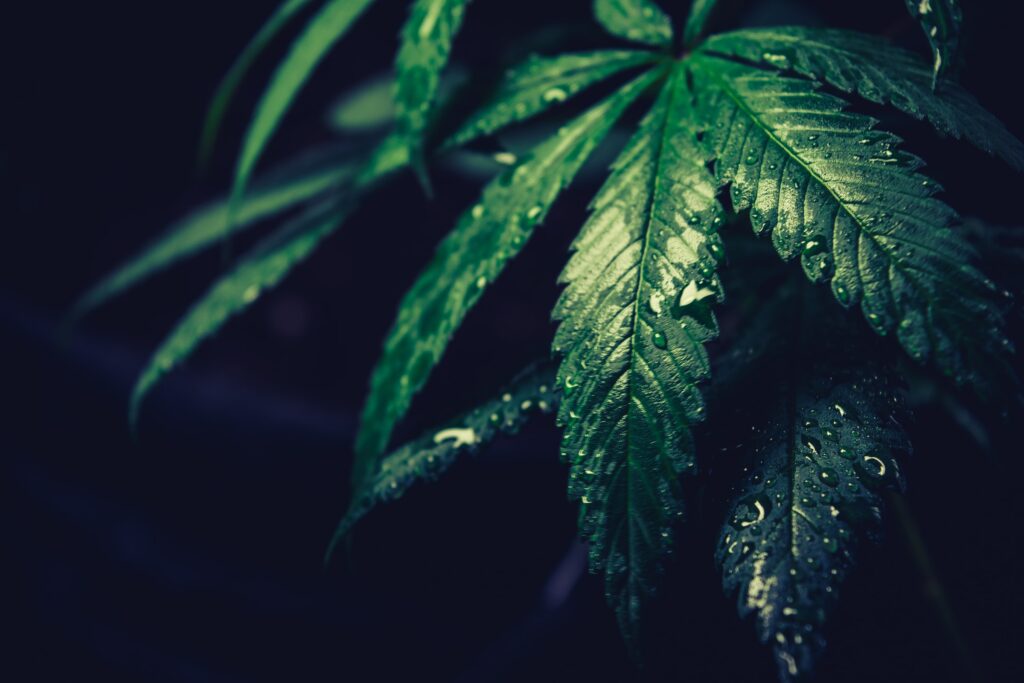
Hemp, marijuana, and cannabis may seem identical, but we assure you that they are quite different plants. Hemp and marijuana are cannabis products that differ in function and effects on the human body. Hemp products are known to relieve pain, help relieve both external and internal pain and conditions, and marijuana products are high in THC and therefore have a powerful psychoactive effect on the mind.
Fortunately, cannabinoid hemp is the perfect way to take advantage of cannabis without its psychoactive effect. Hemp has been used to make herbal supplements, foods, fiber, rope, paper, bricks, oil, natural plastics and has many other industrial and environmental applications and benefits evident throughout history.
Eveything Is Cannabis!
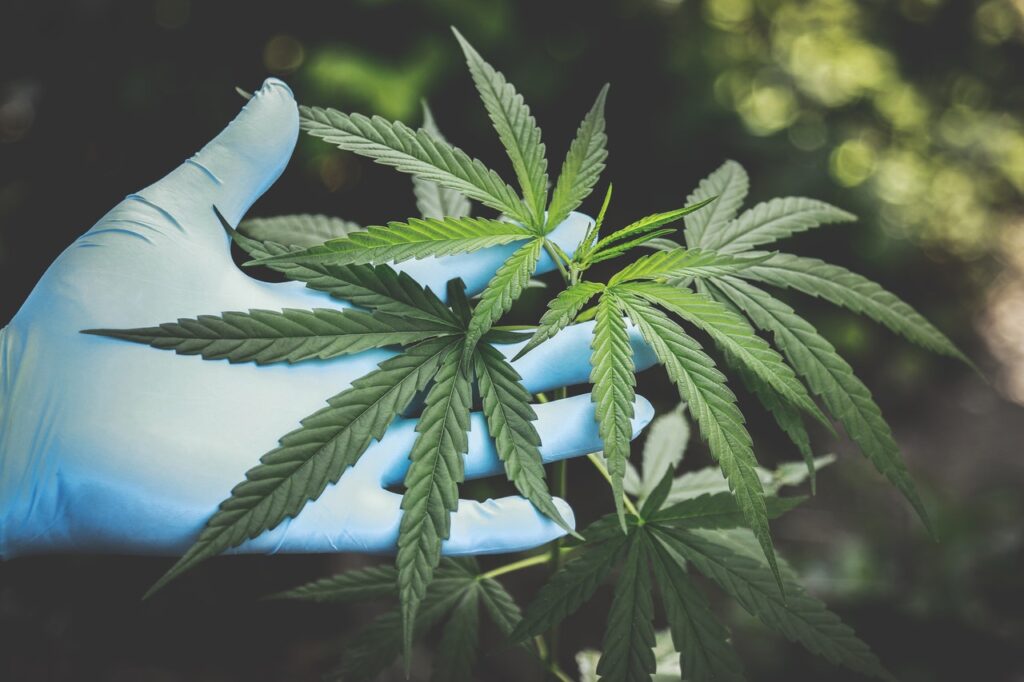
Scientifically, industrial Hemp and Marijuana are the same plants. They both have the genus Cannabis sativa. However, they have a completely different genetic profile!
People usually mistake hemp for marijuana because both are of the same plant species, Cannabis sativa L. Even though both hemp and marijuana have male and female representatives, hemp has more females than males, unlike marijuana, which is the opposite.
In the marijuana plant, female strains produce buds and flowers that people can consume to obtain psychoactive or non-psychoactive effects. With hemp, on the other hand, female plants bare the seeds and have healthy fibers. Thus, hemp is used mainly for industrial and commercial purposes.
Industrial hemp is a strain of Cannabis sativa, while marijuana is derived from Cannabis sativa, Cannabis indica, or Cannabis ruderalis.
The main difference is how industrial hemp is bred compared to the marijuana form of Cannabis sativa. In general, industrial hemp is very fibrous, with long, strong stems, and has almost no flower buds. The marijuana strain of Cannabis sativa is smaller, lush, and full of flower buds.
We have to note that marijuana may contain 5% to more than 20% of tetrahydrocannabinol (THC), while hemp has only 0.3% to 1.5% of THC.
People mostly use THC for both medical and recreational use, and the majority of CBD users take it in various forms to relieve the symptoms of a health problem.
Entourage Effect
The entourage effect is a crucial concept that sheds light on the complexity of cannabis compounds. While the article touches upon differences in THC and CBD concentrations between hemp and marijuana, it’s essential to delve deeper into this phenomenon. The entourage effect posits that the synergy among various compounds in the cannabis plant, such as cannabinoids, terpenes, and flavonoids, enhances therapeutic effects and minimizes potential side effects. In simpler terms, these compounds work together harmoniously, amplifying the overall health benefits. For instance, terpenes contribute to the distinctive aroma of cannabis and may have their own therapeutic properties.
Regulatory Variations
Understanding the legal landscape surrounding CBD and hemp-derived products is crucial. While the article highlights the differences between hemp and marijuana, it’s vital to emphasize that these legal distinctions can vary significantly from one location to another. Readers should be aware that the legality of CBD and hemp products can differ not only between countries but also within different regions of the same country.
Therefore, it’s advisable for individuals to conduct thorough research and check their local laws and regulations regarding the purchase, possession, and use of CBD and hemp products. Staying informed about these legal nuances ensures that consumers can enjoy the potential health benefits of CBD and hemp while remaining compliant with their local laws.
In Conclusion
CBD is non-psychoactive and has beneficial medical properties. And another important thing: NO negative side effects. This makes it a more desirable and legal option than traditional or medical marijuana. While THC and CBD come from the same plant, they differ in their effects on the human body. The most remarkable difference is that CBD does not lead to the so-called narcotic effects.
CBD stands for cannabidiol, one of the chemical components found in hemp. As already mentioned, it is not a psychoactive substance, but it has many therapeutic benefits. CBD oil is a hemp extract of legal hemp varieties, and the THC content in the product does not exceed the legal limit of 0.2%. For example, to achieve a mild “toxic” (narcotic) effect, you need to consume about 6-9 liters of hemp oil at a time, and that’s impossible.
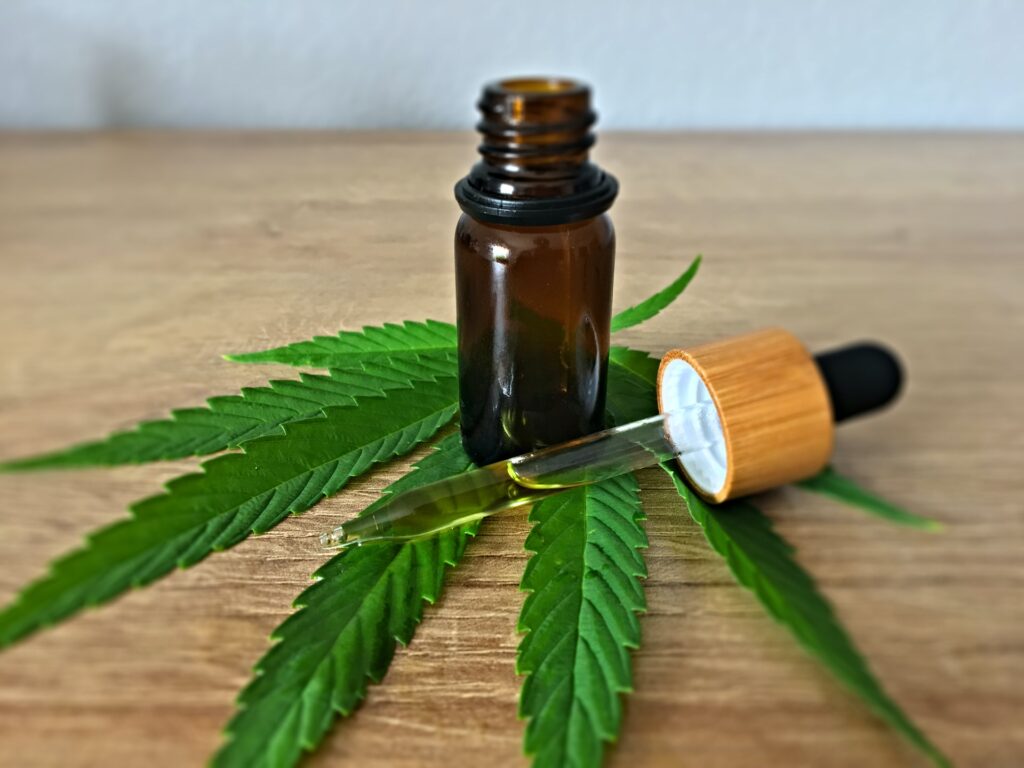
CBD oil is used to relieve pain, anxiety, tension, and other problems. It has anti-inflammatory and antioxidant properties, helps improve sleep, relieves stress and anxiety, reduces nausea and vomiting. CBD oil is also effective in the fight against cancer. The use of this oil helps reduce the side effects of chemotherapy and radiation therapy.
Hemp oil is not a drug and does not contain THC. Hemp oil can be legally bought in many countries around the world. It is extracted from the hemp plant, which is a legal plant in most countries.
So far there have been no reports of adverse effects from using CBD oil products. CBD oil is one of the most popular remedies for a wide range of health problems, including epilepsy.
Hemp has many different medical benefits. It can be used to relieve pain, anxiety, tension, and other problems. Hemp oil has anti-inflammatory and antioxidant properties, helps improve sleep, relieves stress and anxiety, reduces nausea and vomiting. Additionally, it is effective in the fight against cancer. Hemp has less THC.
Research is still ongoing. However, the results, so far, show that cannabidiol can help relieve a wide range of conditions, thanks to its unique way of interacting with our neuroreceptors in the brain.

